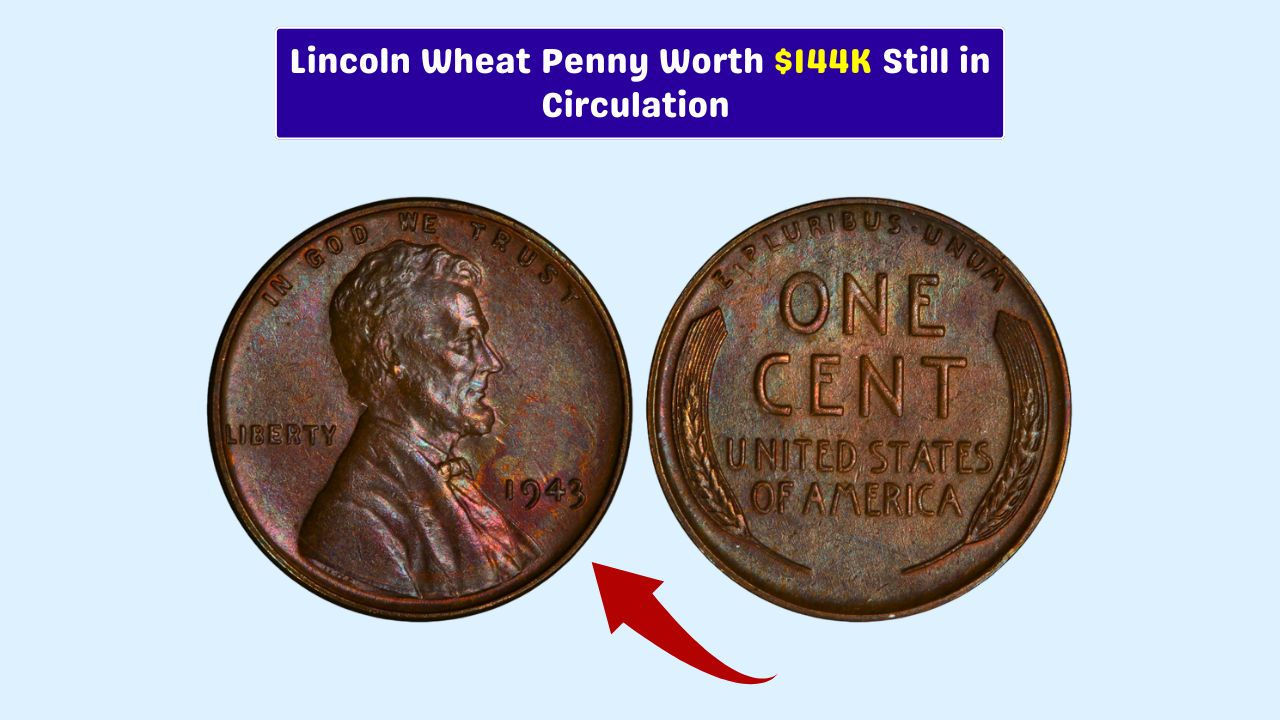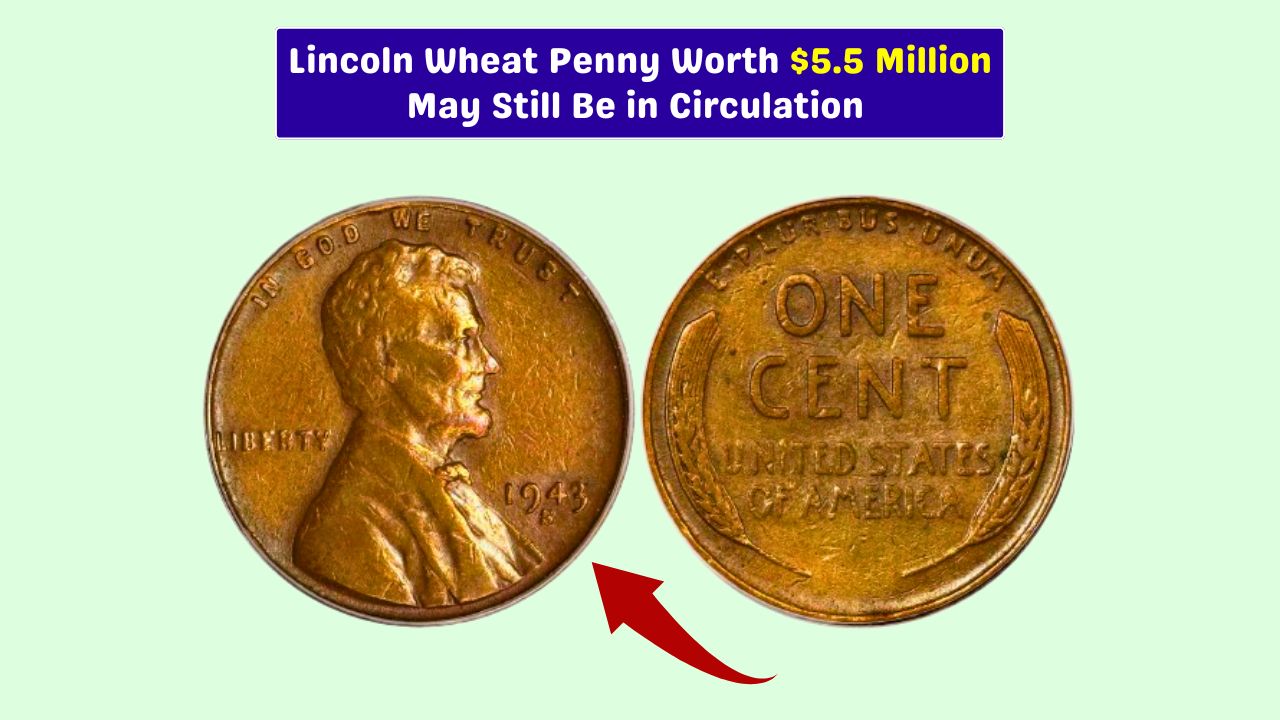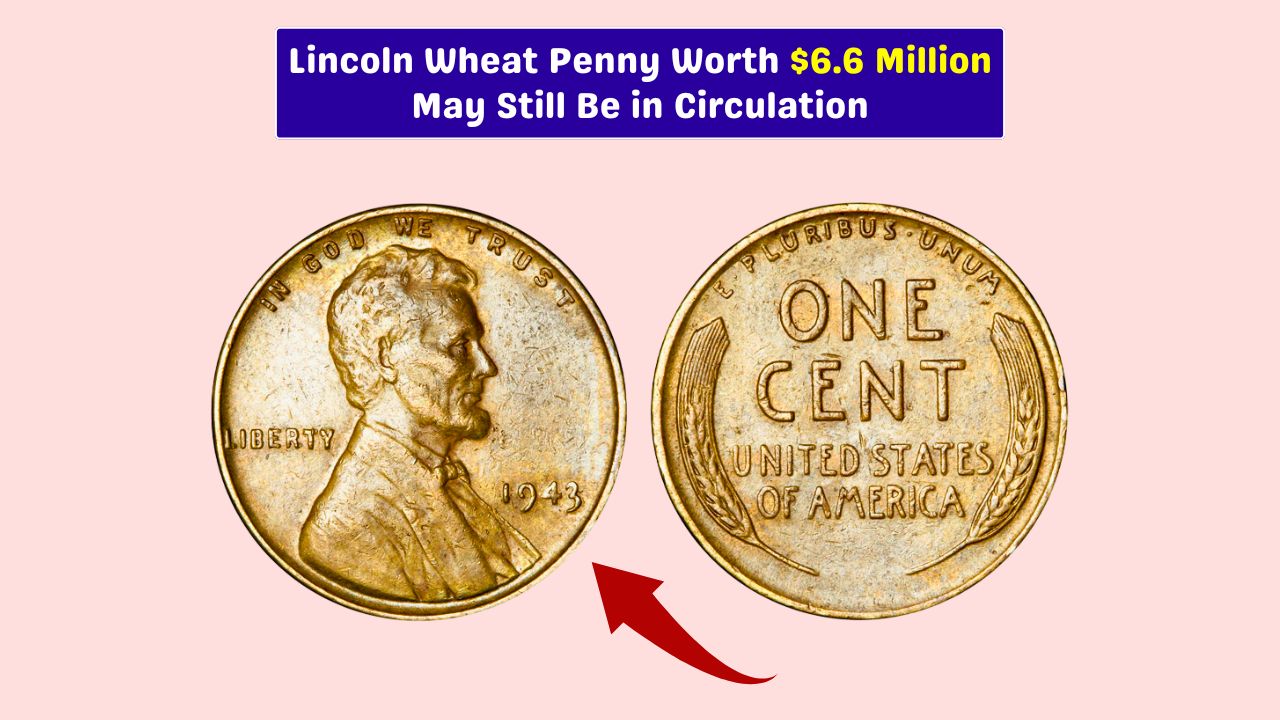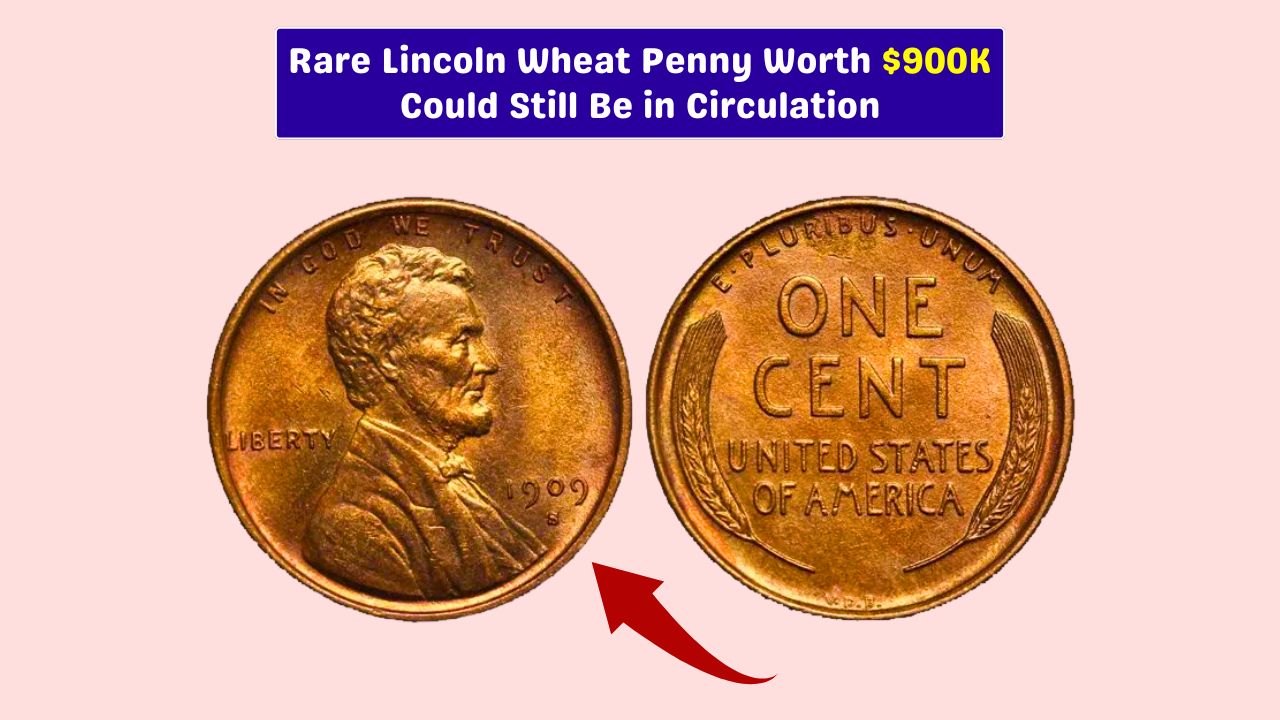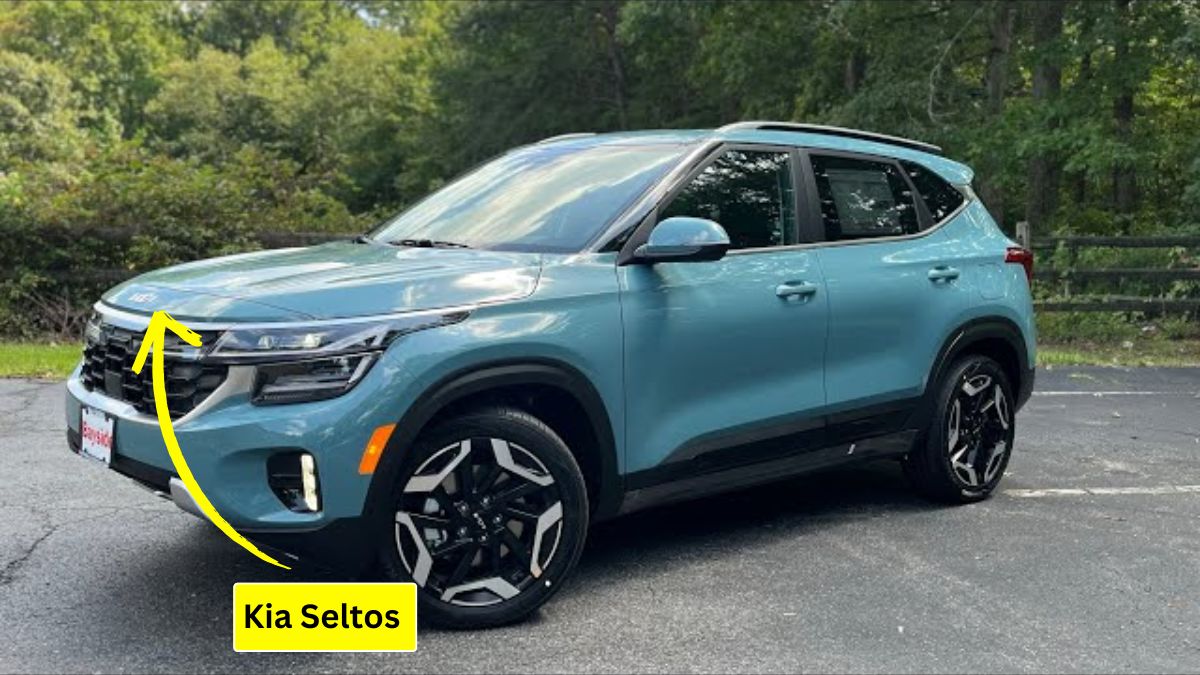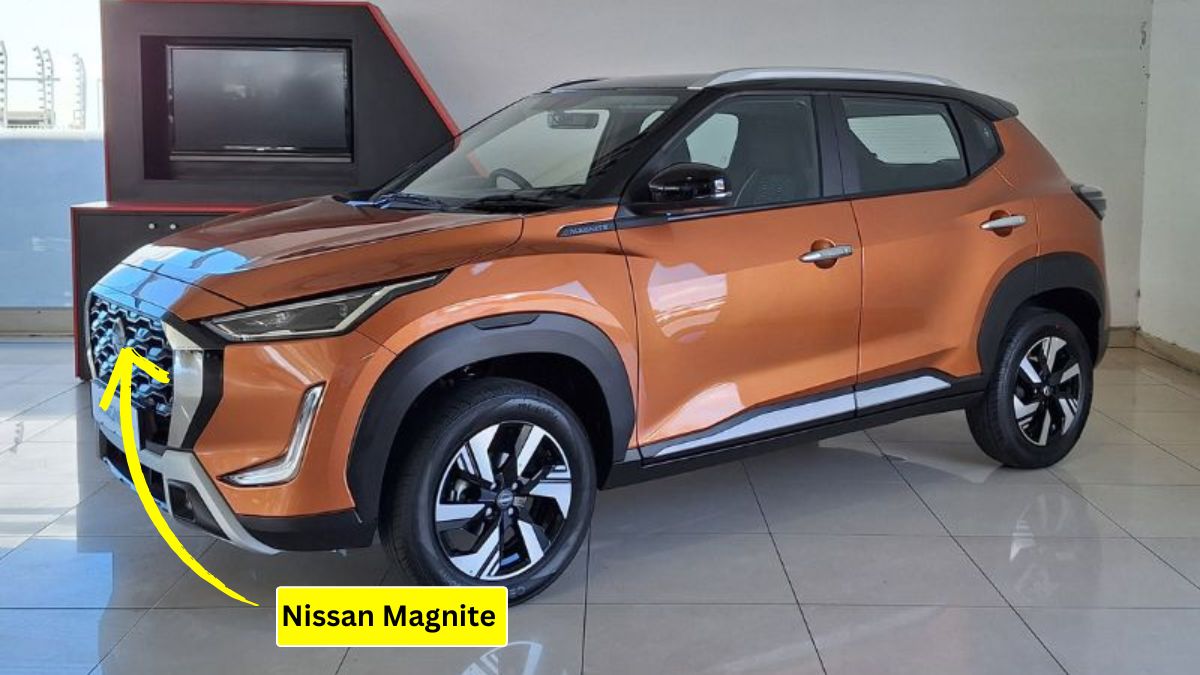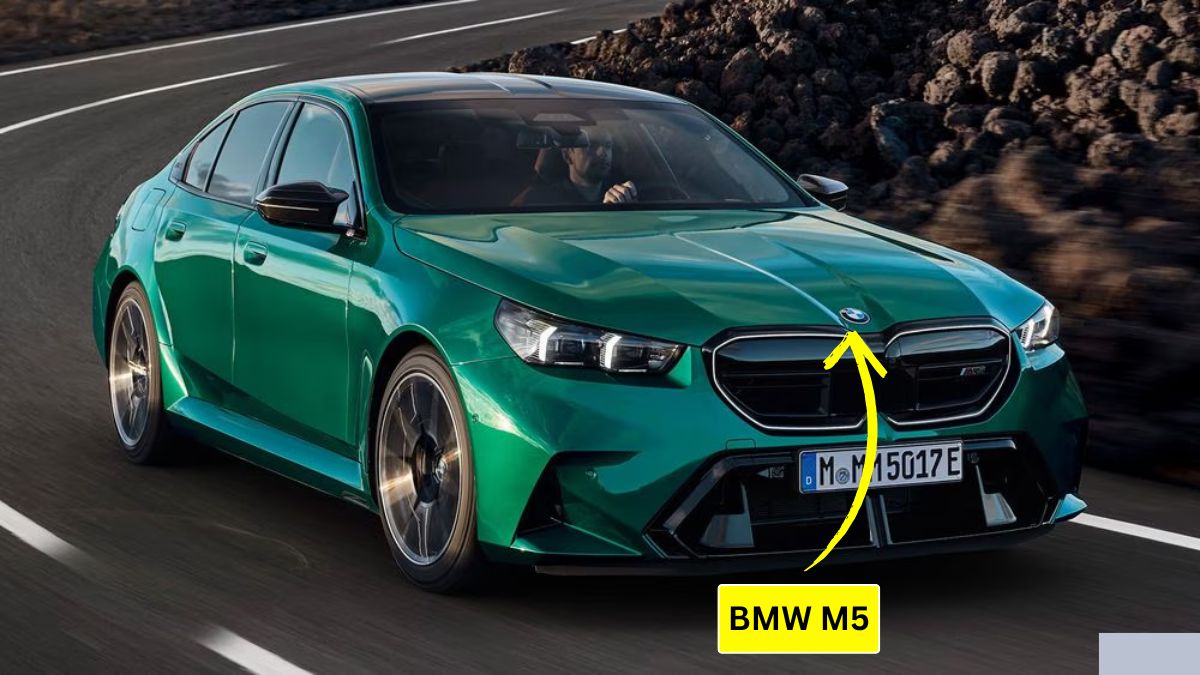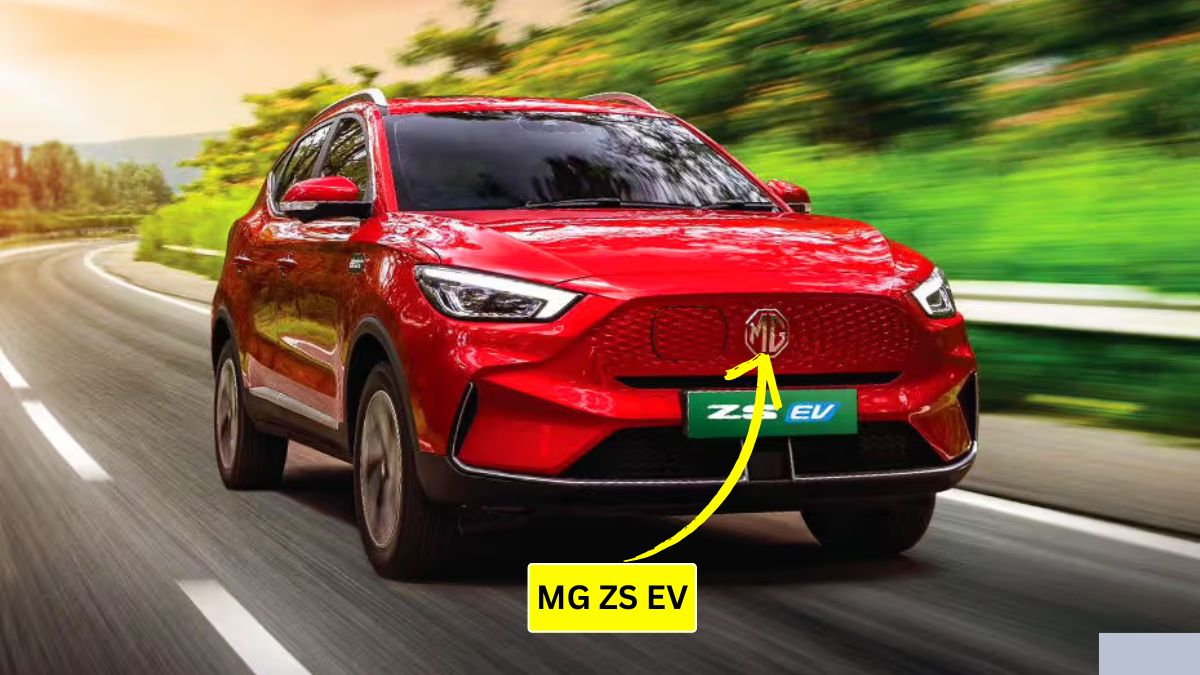Most of us don’t pay much attention to the coins we get as change. But what if one of those coins was worth lakhs — or even crores? That’s exactly the case with the Lincoln Wheat Penny, a small 1-cent coin from the past.
One of these coins has been valued at $576,000, and the surprising part is — it might still be in everyday circulation. Yes, someone could be carrying this treasure in their wallet right now.
Let’s break down what makes this coin so special, and how you might spot one in your own change.
History
The Lincoln Wheat Penny was first introduced in 1909 to celebrate the 100th birth anniversary of Abraham Lincoln, the 16th President of the United States. It was the first U.S. coin to feature a real person.
On the front is a portrait of Lincoln, and on the back, two wheat stalks — giving it the nickname “Wheat Penny.”
These coins were made until 1958. While most of them are common, some rare versions are worth huge amounts due to errors or limited minting.
Rarity
The reason why one Lincoln Wheat Penny was valued at $576,000 comes down to a rare 1943 bronze version. During World War II, the U.S. government needed copper for war supplies, so they started making pennies from steel coated with zinc.
However, a small number of pennies were mistakenly made from bronze — the same metal used before 1943.
These error coins are extremely rare and highly valuable to collectors. One such 1943 bronze Wheat Penny, in excellent condition, was sold for $576,000 at a major auction.
Dealers
Here’s a quick list of where you can start looking for advice or selling options if you think you have a rare coin:
| State | Coin Dealer Info |
|---|---|
| Arkansas | Coins Dealers List |
| Alaska | Coins Dealers List |
| Arizona | Coins Dealers List |
| New York | State Coins Dealers List |
| Kentucky | State Coins Dealers List |
| North Carolina | State Coins Dealers List |
| Massachusetts | State Coins Dealers List |
| Pennsylvania | State Coins Dealers List |
| Oregon | State Coins Dealers List |
These dealers can help authenticate and possibly buy your coin.
Spotting
You don’t need to be a professional to spot a rare coin. Here’s what to check:
Year: Look for 1943. If your 1943 penny is not magnetic, it could be bronze — which is rare.
Colour: Regular 1943 pennies are silver-coloured (steel). Bronze ones look like regular brown pennies.
Magnet Test: Use a magnet. Steel coins will stick. Bronze coins won’t.
Mint Mark: Check for small letters like “D” (Denver) or “S” (San Francisco) under the year. Certain mint locations had fewer error coins.
Condition: Coins in better condition are worth more. But don’t clean the coin, as that can reduce its value.
Possibility
Yes, it’s very possible. Many people have old coin jars or collections passed down from family members. Sometimes, these coins are mixed in with regular ones. There have even been cases where people received rare coins as change from shops without realizing their worth.
So, next time you go through old coins or get small change, take a closer look. You could be holding something worth thousands — or even more.
Action
If you think you’ve found a rare Lincoln Wheat Penny:
Do not clean it. Cleaning can reduce its value.
Keep it safe in a small coin holder or pouch.
Get it checked by a professional coin dealer or grading service.
If it’s real and rare, you can sell it at an auction or to a collector for a large amount.
The Lincoln Wheat Penny may look like an ordinary old coin, but some versions are worth a fortune. A rare 1943 bronze penny has already been valued at $576,000, and similar coins could still be in circulation today.
It just goes to show that even the smallest items can have great value. So before you toss away your coins, check them carefully — one of them might change your life.
FAQs
Why is the 1943 penny valuable?
It’s a rare bronze coin from a year when most were steel.
How to test if my penny is bronze?
Use a magnet — bronze won’t stick, steel will.
What makes a Wheat Penny rare?
Minting errors, year, metal, and condition.
Can I still find these coins today?
Yes, they may still be in circulation or collections.
Where to get my penny checked?
Visit a certified coin dealer or grading service.






